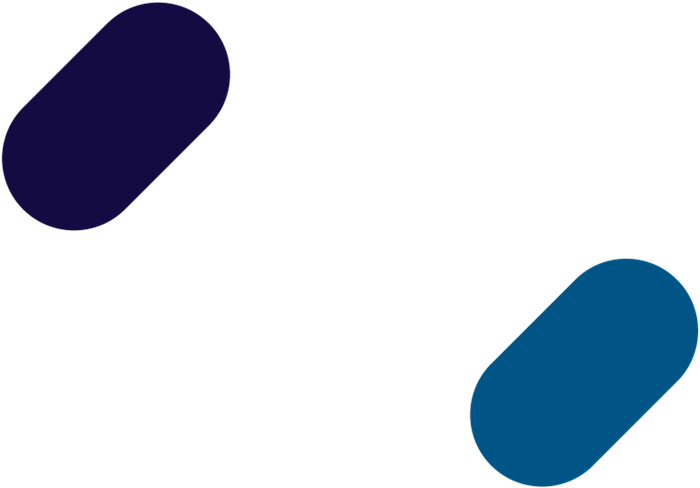Global medicine usage and spending are at the forefront of health policy and trade debates, influenced by innovation, access disparities, and evolving pricing strategies. Over the next five years, spending growth will be driven by greater access to high-value treatments in developed markets, offset by savings from generics and biosimilars.
This 2025 annual trend report offers a data-driven lens on 2024 trends and a forward-looking analysis through 2029, aiming to inform thoughtful dialogue around healthcare value and affordability.
Key Findings:
A total of 394 novel active substances have launched globally in the past 5 years, with fewer launched in various regions.
- A total of 78 novel active substances launched globally in 2024, bringing the five-year total to 394. Based on molecules in the late-stage pipeline and historic success rates, over the next five years an average of 65–75 NAS are expected to launch annually, expanding the number of NAS launched globally by 325–375.
Per capita medicine use varies by region, with Japan and Western Europe having more than double the use of most other regions.
- In the past five years, North America per capita use grew only 1.2% annually, and is projected to grow 0.4%annually through 2029.
Global growth will continue to be driven by new and existing brands in leading developed countries.
- New brands in the 10 leading developed markets are expected to contribute $181Bn in growth, up $4Bn from the past five years.
- The impact from brands losing exclusivity (LOE) is expected to more than triple to $220Bn, although a large part of that increase is from biologics facing biosimilars where the impacts have had more uncertainty.
Oncology and obesity to lead growth through 2029 while immunology and diabetes growth to slow.
- The biggest contributors to the growth in the next five years are oncology, immunology, diabetes, and obesity drugs. The growth is a result of a continuous influx of innovative products and offset by exclusivity losses.




















